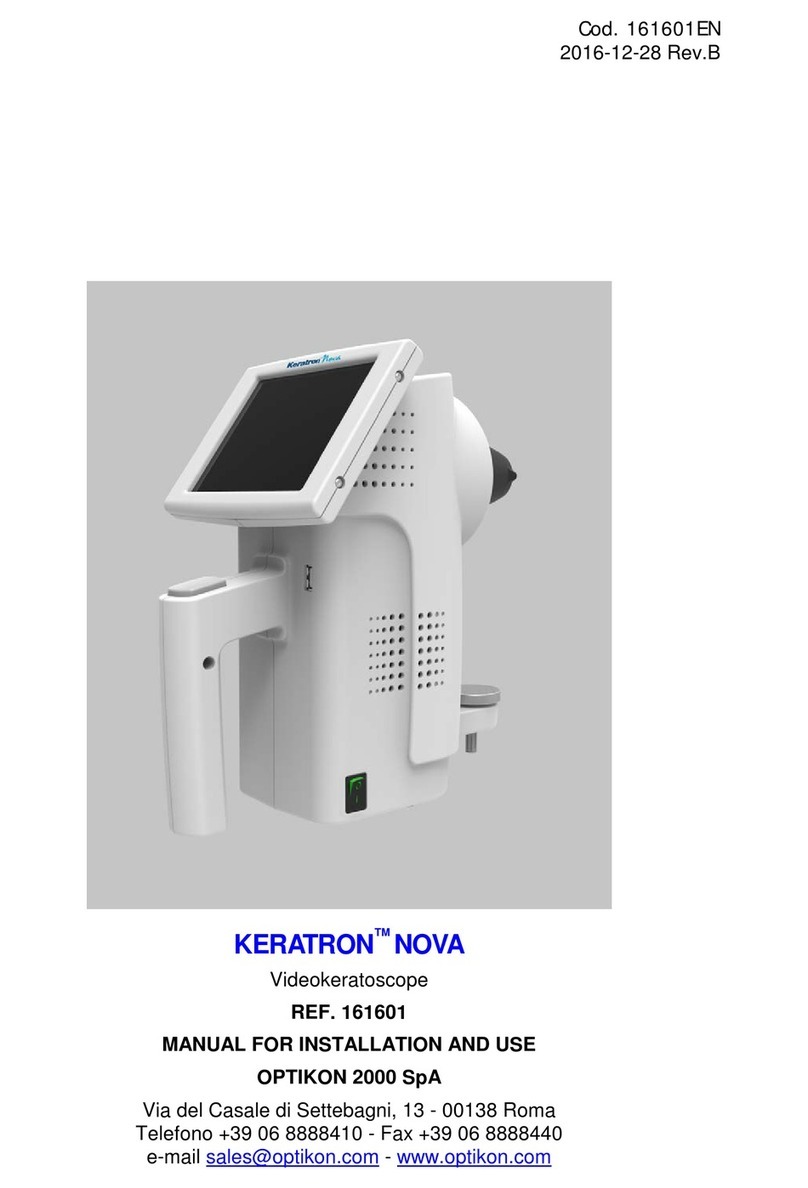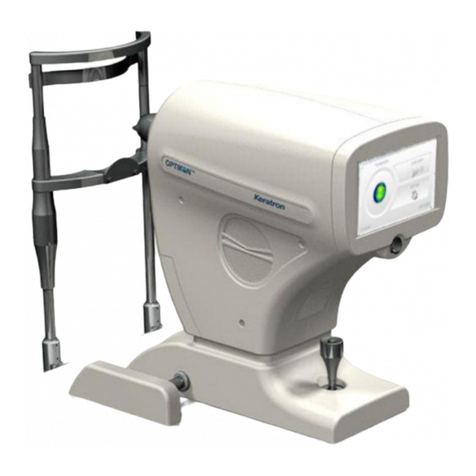
TABLE OF CONTENTS PAGE
1PRELIMINARY STATEMENT.......................................................................................................................1-1
2TERMS AND CONDITIONS OF LIMITED WARRANTY .........................................................................2-1
3WARNINGS.......................................................................................................................................................3-1
3.1 GENERAL WARNINGS...................................................................................................................................3-1
3.2 ENVIRONMENT WARNINGS ..........................................................................................................................3-1
3.3 ELECTRICAL WARNINGS ..............................................................................................................................3-2
3.4 GENERAL MAINTENANCE............................................................................................................................3-2
3.5 BIOMETRY SCAN..........................................................................................................................................3-3
3.6 PACHYMETRY SCAN ....................................................................................................................................3-3
3.7 FOOT PEDAL ................................................................................................................................................3-3
4SYMBOLS..........................................................................................................................................................4-1
5GENERAL INFORMATION ...........................................................................................................................5-1
5.1 SYSTEM DESCRIPTION..................................................................................................................................5-1
5.1.1 Biometry scan ........................................................................................................................................5-3
5.1.2 Pachymetry scans ..................................................................................................................................5-3
5.2 SPECIFICATIONS ..........................................................................................................................................5-4
5.2.1 Environmental specifications.................................................................................................................5-4
5.2.2 Electrical specification ..........................................................................................................................5-4
5.2.3 Technical specifications.........................................................................................................................5-5
5.2.4 Peripheral devices and connections ......................................................................................................5-7
5.2.5 Classification of the instrument in accordance with regulation EN 60601-1........................................5-7
5.2.6 Applied parts..........................................................................................................................................5-7
5.2.7 Foot pedal..............................................................................................................................................5-7
5.2.8 Dimensions of the instrument.................................................................................................................5-7
5.3 ELECTROMAGNETIC COMPATIBILITY CHARTS..............................................................................................5-8
5.3.1 Manufacturer’s guidebook and statement - Electromagnetic emissions................................................5-8
5.3.2 Manufacturer’s guidebook and statement – Electromagnetic immunity................................................5-9
5.3.3 Recommended separation distances between mobile and portable radiocommunication devices and
Janus 5-10
5.4 CIRCUIT DIAGRAMS...................................................................................................................................5-11
6INSTALLATION...............................................................................................................................................6-1
6.1 INTRODUCTION............................................................................................................................................6-1
6.2 OPENING THE PACKAGING AND INITIAL INSPECTION....................................................................................6-1
6.3 INSTALLATION PROCEDURE.........................................................................................................................6-2
6.4 SOUND SIGNALS ..........................................................................................................................................6-3
7SOFTWARE DESCRIPTION..........................................................................................................................7-1
7.1 MAIN MENU................................................................................................................................................7-1
7.2 PATIENT DATABASE.....................................................................................................................................7-2
7.3 TEST DATABASE ..........................................................................................................................................7-3
7.4 GENERAL SETTINGS.....................................................................................................................................7-4
7.5 INSTITUTION SETTINGS................................................................................................................................7-6
7.6 BIOMETRY...................................................................................................................................................7-7
7.7 IOL CALCULATION....................................................................................................................................7-10
7.8 PACHYMETRY............................................................................................................................................7-12
7.9 CALIBRATING THE PACHYMETER...............................................................................................................7-16
7.10 VERIFY FUNCTIONALITY ON THE PACHYMETRY TESTER ...........................................................................7-17





























